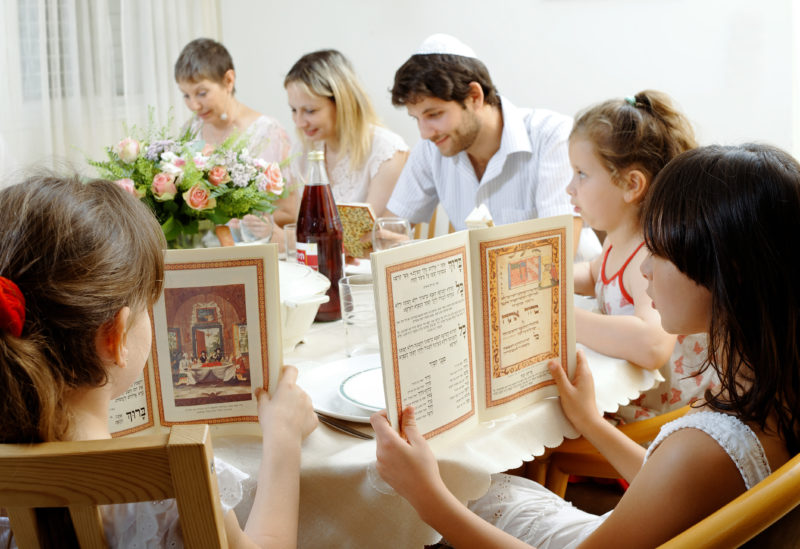If I were to say “Shanah tovah” this coming Shabbat, one would think that I was doing something strange. While the Mishnah enumerates four Jewish new years, most of us associate the beginning of the Jewish year with the month of Tishrei in the early fall, surrounded by the sound of the shofar and the taste of honey. Tishrei, however, is the seventh month of the year. When the Torah enumerates the months, it is actually Nisan, the month containing Passover, which is the first month of the year.
This Shabbat, in addition to reading Parashat Tazriah, is Rosh Hodesh Nisan and Shabbat ha-Hodesh, a term signifying that Passover is just a couple of weeks away. Shabbat ha-Hodesh is the last of four thematic Shabbatot (after Shabbat Shekalim, Zachor and Parah) surrounding Purim and Pesach on which we read from an additional Torah scroll.
The extra reading for Shabbat ha-Hodesh comes from Chapter 12 of Exodus, when prior to their departure from Egypt, the Israelites are commanded to sanctify and structure their own calendar – “This month shall mark for you the beginning of the months” (Exodus 12:2). Thus, the origin of a Jewish calendar, sanctifying the months of the year and Nisan being the first of the months all hearken back to the special reading on Shabbat ha-Hodesh.
In a famous commentary on the very first verse of the Torah, Rashi asks why the Torah begins with the story of Genesis and not with the chapter of Shabbat ha-Hodesh. This question underscores the idea that the very first mitzvot given to the people of Israel included the establishment of the Jewish calendar.
With the onset of Rosh Hodesh Nisan, we are challenged to view the world around us through the prism of the Jewish calendar – knowing the dates, months and seasons from a Hebrew perspective.
I wish all the readers of The CJN a zissen Pesach – a sweet, healthy and joyous Passover.
